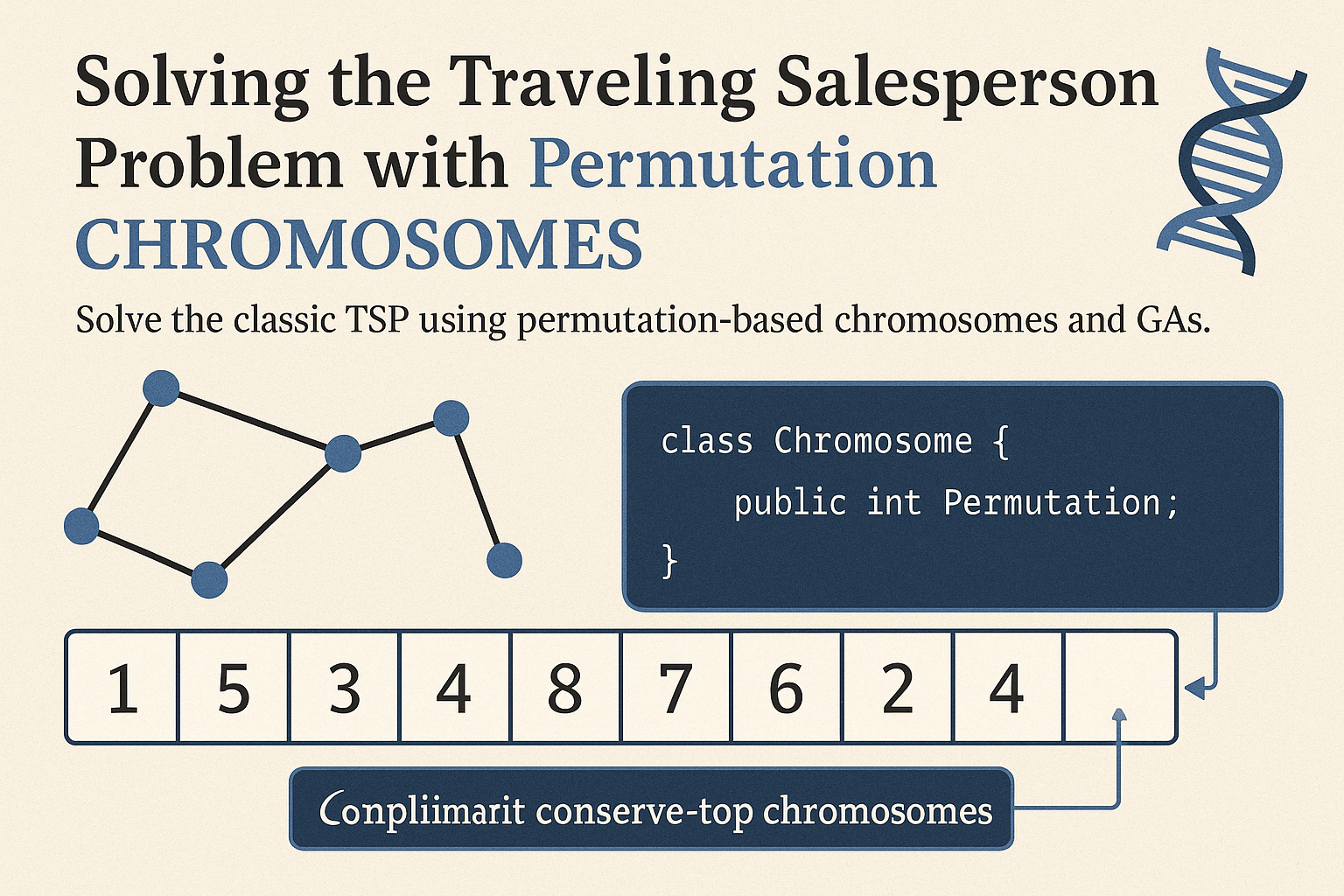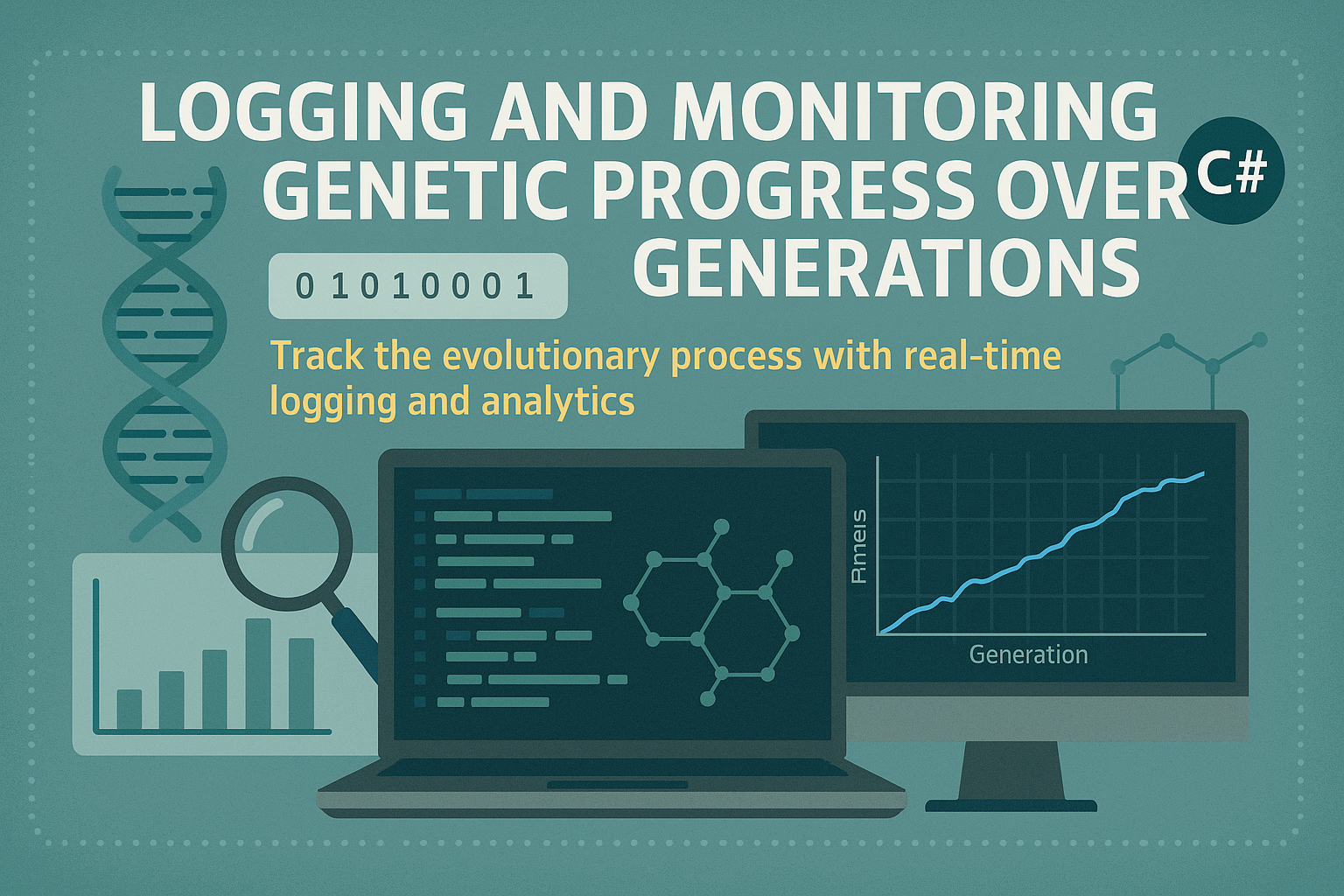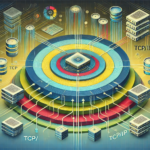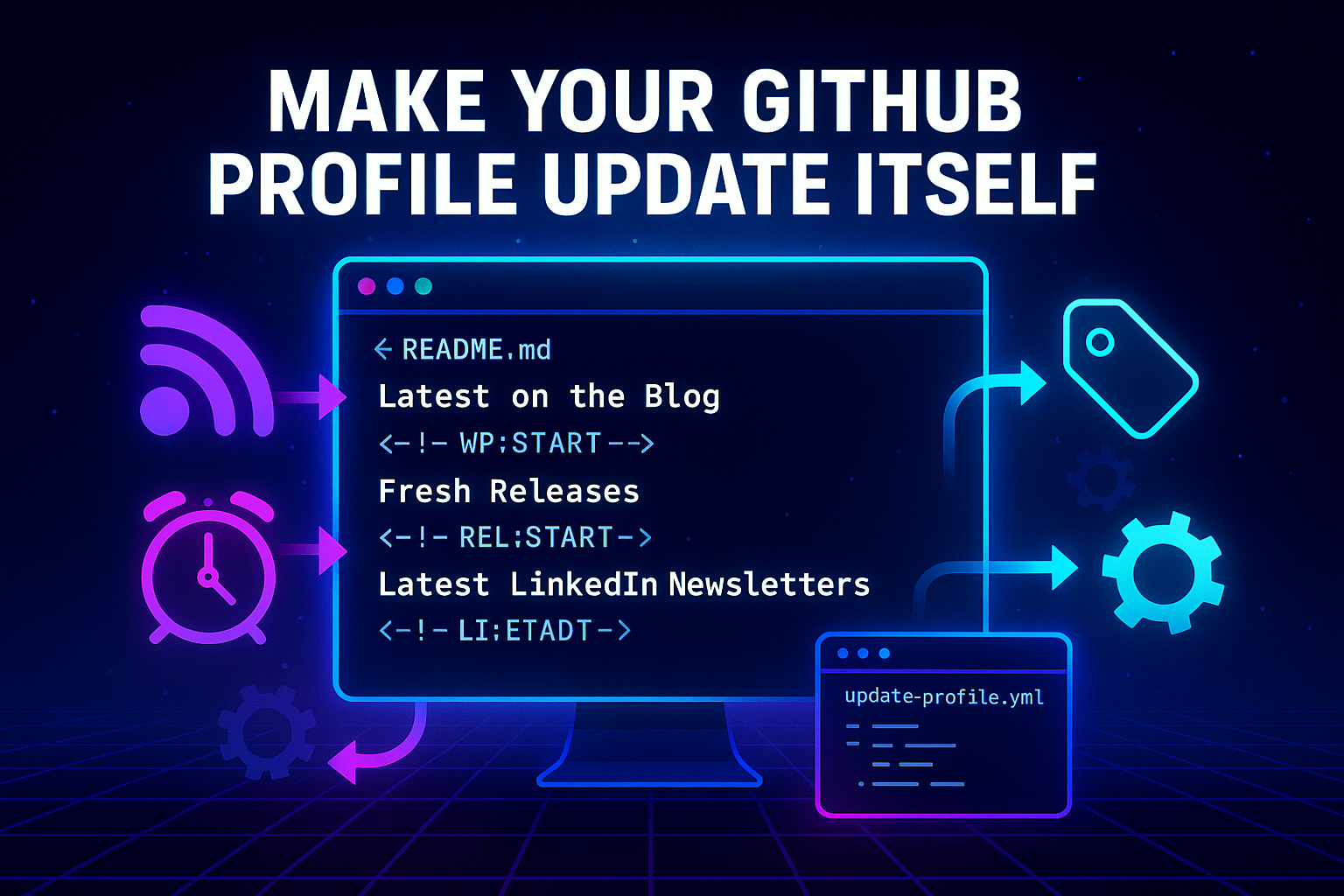
Demystifying Network Programming: The Backbone of Modern Applications
- Chris Woodruff
- January 3, 2025
- Network Book Sample
- Book, network, programming
- 0 Comments
NOTE – This post is an example from the book “Beyond Boundaries: Networking Programming with C# 12 and .NET 8”. For a deeper dive into socket programming and more networking concepts, visit https://csharp-networking.com/ or get your copy of the book on Leanpub.
Network programming might sound intimidating, but at its core, it’s the art of making applications talk to each other. Whether it’s your favorite messaging app sending texts in real-time or your smartwatch syncing health stats to your phone, network programming is the magic behind it all. It’s not just a technical skill—it’s the backbone of our interconnected digital world.
Where Do We Use Network Programming?
The real beauty of network programming is its versatility. It powers a wide array of technologies and applications we interact with daily. Here are a few examples:
- Client-Server Applications: From mobile banking apps to e-commerce websites, most modern applications follow the client-server model, where clients (like your browser) send requests to servers, and servers respond with the requested data.
- Web Services: APIs and web services use network programming to enable seamless integration between different software systems. For instance, your weather app fetching forecasts relies on APIs to pull data from a remote server.
- Real-Time Communication: Instant messaging, video calls, and live streaming heavily depend on network programming to ensure swift, reliable data exchange.
- Internet of Things (IoT): Smart devices like thermostats, cameras, and voice assistants communicate over networks, gathering data and performing tasks intelligently.
- Cloud Computing: Services like Google Drive and Microsoft Azure use network programming to provide scalable, on-demand resources to users worldwide.
The Foundations: What You Need to Know
To truly appreciate network programming, it helps to understand a few foundational concepts:
- Sockets: Think of sockets as endpoints where data flows in and out. They’re the virtual bridges connecting devices across a network.
- IP Addressing and Port Numbers: These act as the GPS coordinates and doorways for devices on a network. They ensure data gets to the right place.
- Data Serialization: When devices communicate, they need a common language. Serialization ensures data can be packaged and understood across platforms and languages.
- Packet Transmission: Instead of sending one huge data block, networks break it into smaller chunks called packets. These packets are sent, reassembled, and delivered to the destination.
Why Should You Care?
If you’re a developer or someone venturing into tech, understanding network programming opens up a world of opportunities. It’s not just about writing code—it’s about building bridges between devices, services, and users. Network programming skills are in high demand, from creating APIs to developing scalable cloud applications.
Understanding how the digital systems around you work can be empowering. It’s like peeling back the curtain and seeing how the magic of modern technology unfolds. This knowledge can give you a sense of control and confidence in the digital world.
A Journey Worth Taking
Network programming may seem complex at first, but it’s a journey worth taking. It equips you with the tools to solve real-world problems and create applications that connect people, services, and data. It’s not just a technical skill—it’s a superpower in today’s digital-first world. The journey of learning network programming is exciting and full of potential.
Whether you’re looking to build your first API, create a real-time chat app, or dive into IoT, network programming lays the foundation for it all. So, roll up your sleeves, and let’s start building the digital bridges that make our world smaller and more connected.






